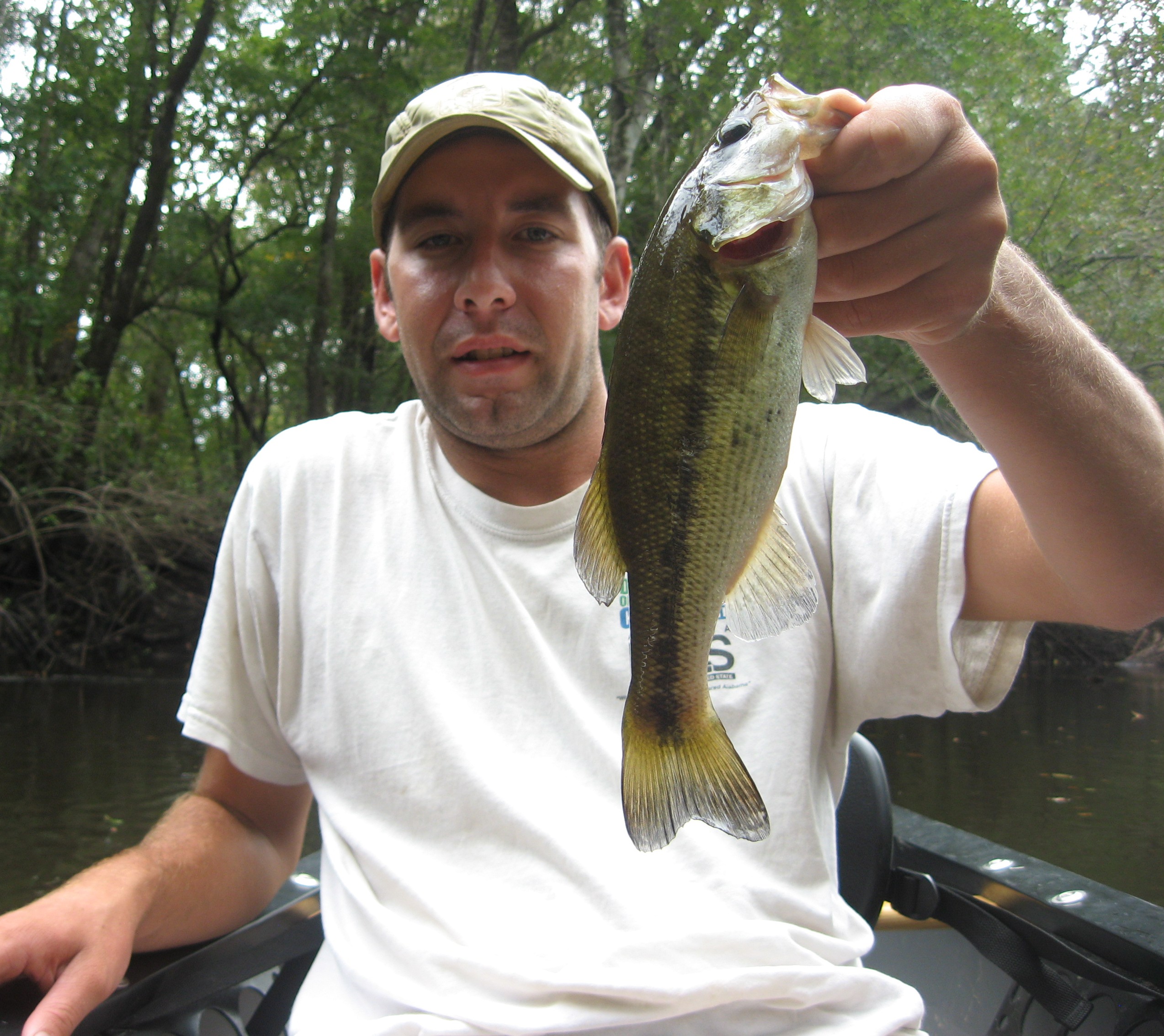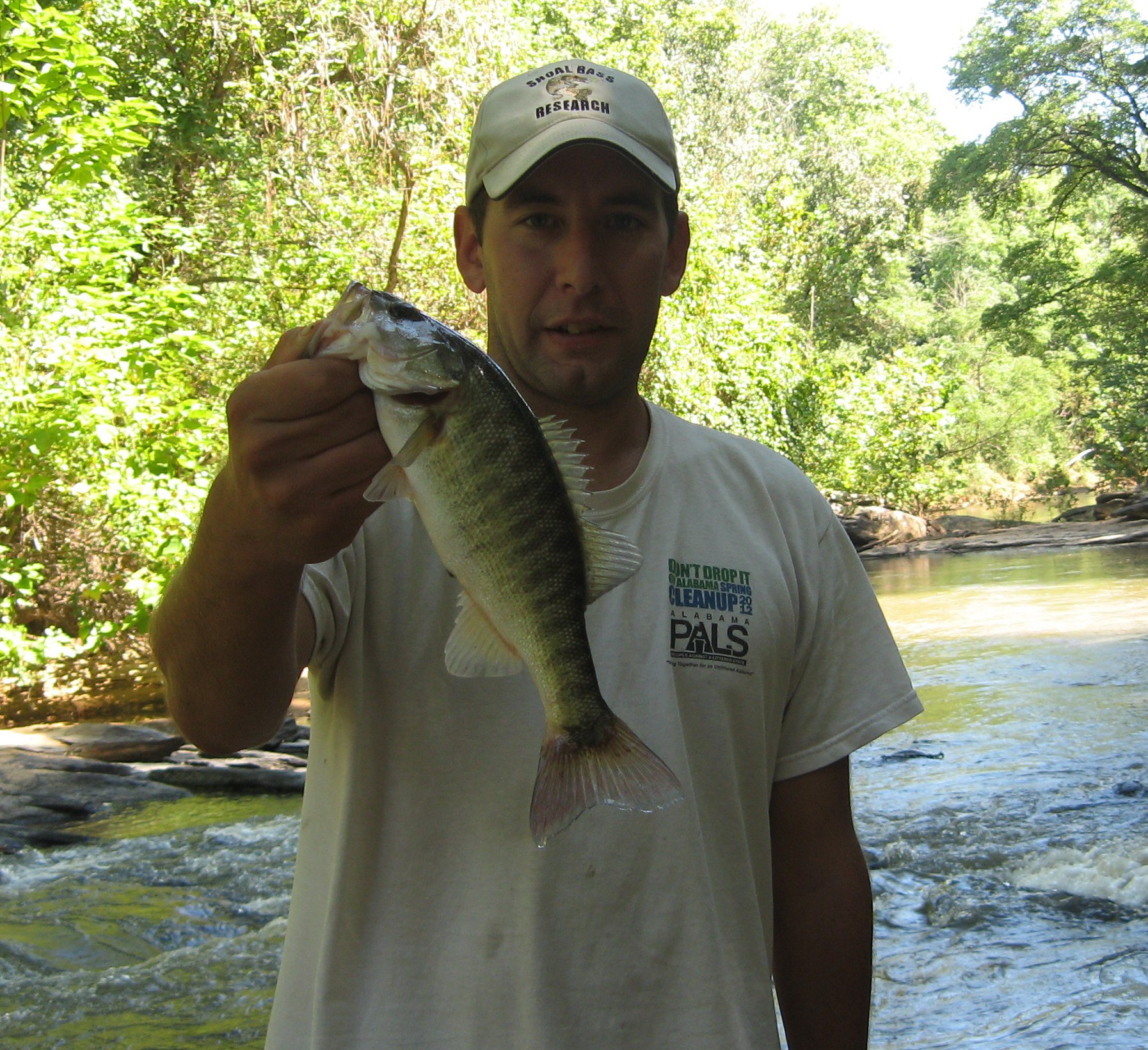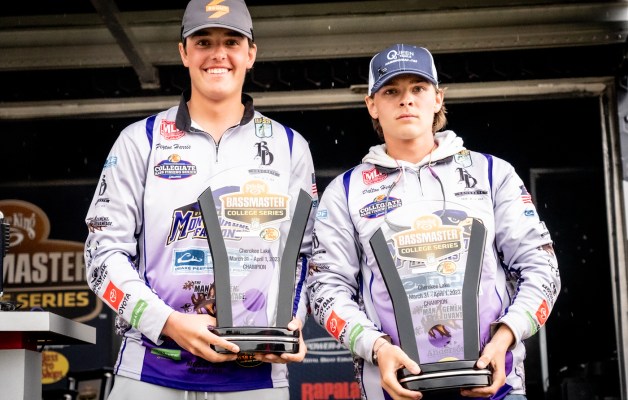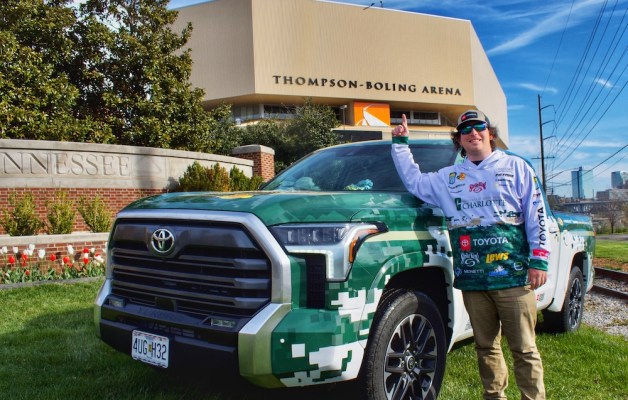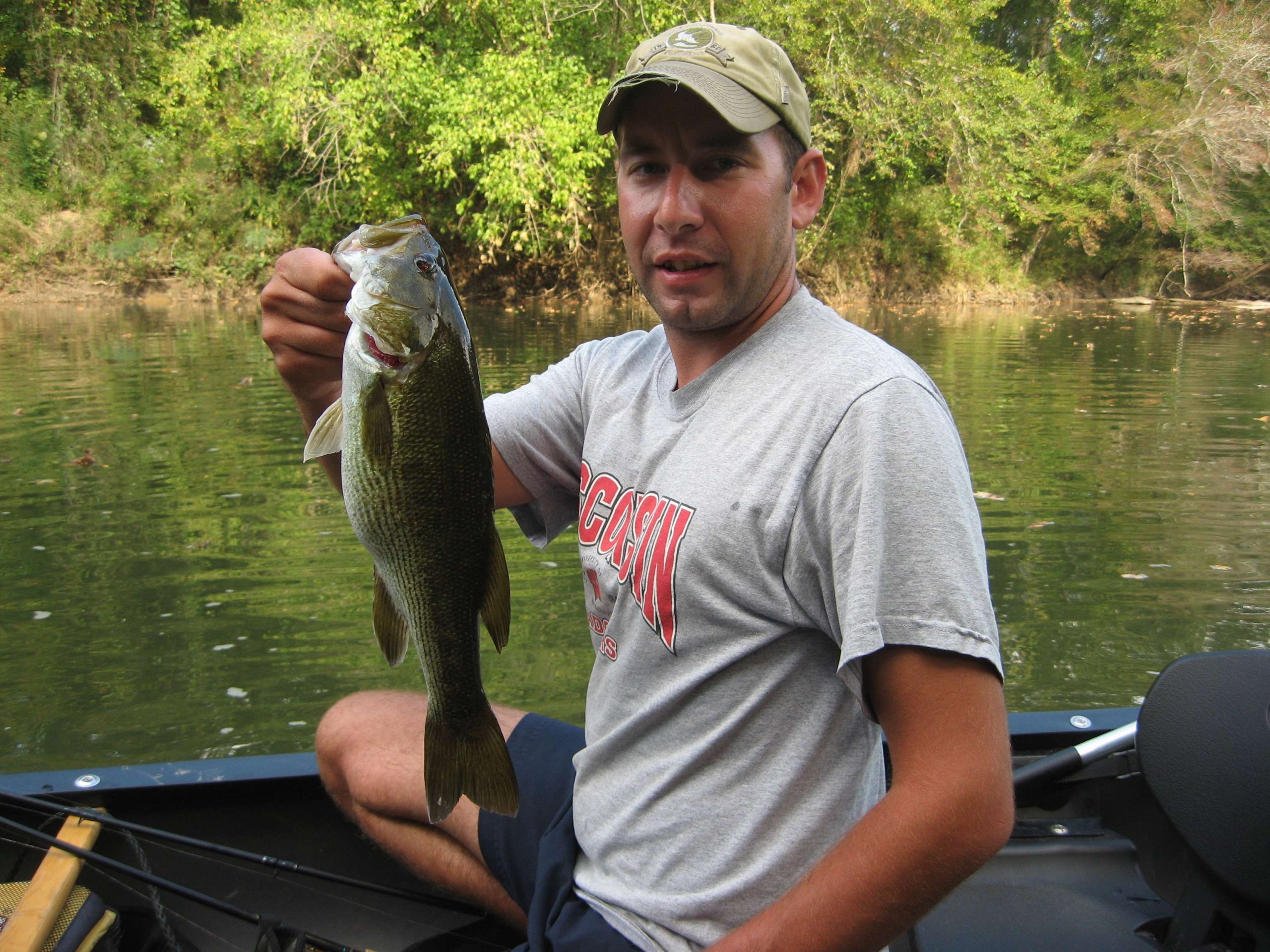
AUBURN, Ala. — Inspired by the B.A.S.S. Slam, Jeff Buckingham decided to pursue a related challenge.
He’s completed a shoal bass slam and is going after a redeye slam.
“The original slam has a general redeye bass (along with eight other recognized species of black bass),” said Buckingham, a grad student in fisheries management at Auburn University. “But there is work going on to separate out different species of redeyes based on water drainages.”
Thus far, researchers have identified Coosa, Tallapoosa, Chattahoochee, Cahaba and Warrior redeye bass.
“With more work, these fish may be eventually recognized as new species,” he pointed out.
Also, the grad student and ardent angler decided to add Bartrams from the Savannah River and Choctaw.
“I like the idea of the expanded slam because of how much fun the original slam was,” Buckingham said. “Going after these new species makes you fish in places you wouldn’t normally fish. You get to see beautiful fish and fish in some really gorgeous locations.”
Thus far, Buckingham has caught the Chattahoochee from Snake Creek in Carroll County, Ga., the Choctaw from Holmes Creek in Washington County, Fla., the Tallapoosa from its namesake river in Randolph County, Ala., and the Cahaba from the river by the same name in Shelby County, Ala.
He claimed the shoal slam by catching that species in Alabama, Georgia and Florida. He also managed a Florida slam, catching the four recognized black bass species native to that state: largemouth, spotted, Suwannee and shoal.
Based on research, Buckingham said he believes that the Chattahoochee redeye is the rarest of the fish that he has caught. “Of the ones I still need to get, the Bartrams will be the toughest because it is the farthest away,” he said.
Anyone interested in catching redeyes should remember that they are small bass, added the fisheries student, who said that they can be recognized by white margins on the tail fin and a silver-white, crescent-shaped border on the back half of the eye.
“The biggest redeyes I’ve seen are 14 inches. I fish for them with what I use for bluegill, an ultralight pole. With that, these fish pull real hard for their size.
“I found the redeyes to be aggressive, so you usually don’t get skunked when you are fishing in a spot where they are.”
